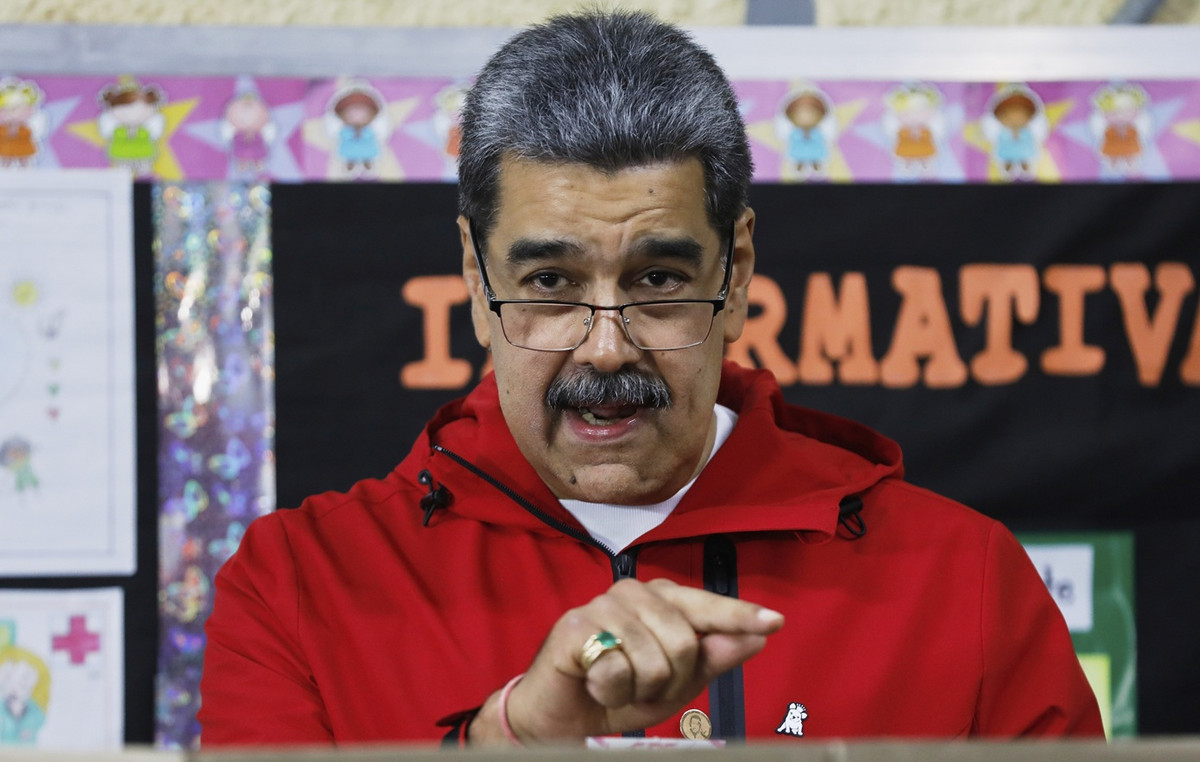A survey shows that the profile of the Brazilian volunteer, one who donates time to a cause, has changed in ten years. The participation of people aged 50 and over increased while that of young people fell. Among the projects’ target audience, families and homeless people gained prominence, a reflection of the economic crisis and the Covid-19 pandemic.
The data are from a survey carried out by Datafolha, in partnership with the Institute for Social Development (Idis). The study shows that the number of active volunteers in the country jumped from 11% in 2011 to 34%, an increase of more than 200%.
Adding people who have already volunteered at some point, the rates rise to 25% and 56%, respectively. The average number of hours dedicated to work has more than tripled, from 5 hours to 18 hours per month in a decade.
In this period, the public between 16 and 29 years old fell from 33% to 23%, while that of the group aged 50 and over went from 26% to 37%. The 30-49 age group remained stable, with a reduction of only 1 pp – from 41% to 40%.
The survey also identified that 76% of the volunteers are in the economically active population, with 39% receiving up to two minimum wages; 20%, from two to three minimum wages; 21%, from three to five minimum wages, 11%, from five to ten minimum wages; 6%, more than ten minimum wages; and 4% did not respond or do not know.
For the research coordinator, Silvia Naccache, the numbers show a different reality from the popular imagination. “It’s a break with ‘preconceptions’, that the volunteer is the one who doesn’t have something to do, who is the rich who helps the poor, or who needs a lot of professionalization or some specific training. The volunteer is the one who donates the time he has, it is a matter of choice”, she added.
The main group benefiting from volunteering follows the general public, but there was a drop from 41% to 36% in ten years, as well as work with children and adolescents (from 39% to 25%). Meanwhile, projects with families and communities jumped from 12% to 35% and projects for homeless people, from 5% to 25%.
Among the main activities carried out, fundraising and distribution, such as food and medicine, continue to lead, but with a reduction from 55% to 41%, between 2011 and 2021. share, rising from 8% to 16%.
Silvia Naccache assesses that the changes were influenced by Covid-19. “It was an emergency situation because we were mobilized. People went to tell stories, went to shelters, to thrift stores to help with sales. The pandemic came to paralyze our activities, but we reinvented ourselves ”, she put it.
The survey pointed out that, in the face of the crisis caused by the coronavirus, 47% of the volunteers started to do more activities, with 61% working in the distribution of food, clothes, medicines and basic baskets, for example.
The research also investigated the causes that lead people to volunteer. Solidarity leads the ranking and went from 67% to 74% in a decade. Religious motivations fell by half, from 22% to 11%. The other causes, such as making a difference, repaying something received, citizenship duty and improving self-esteem, had a reduction.
“We are living through a moment that has perhaps never been so wide open in our eyes of poverty, inequality, hunger. It is not surprising that the actions of mobilization, organization and distribution of resources have grown and that the great call to be solidary appears as the greatest motivation, all of this in dialogue with this moment of the pandemic”, said the research coordinator.
Source: CNN Brasil







